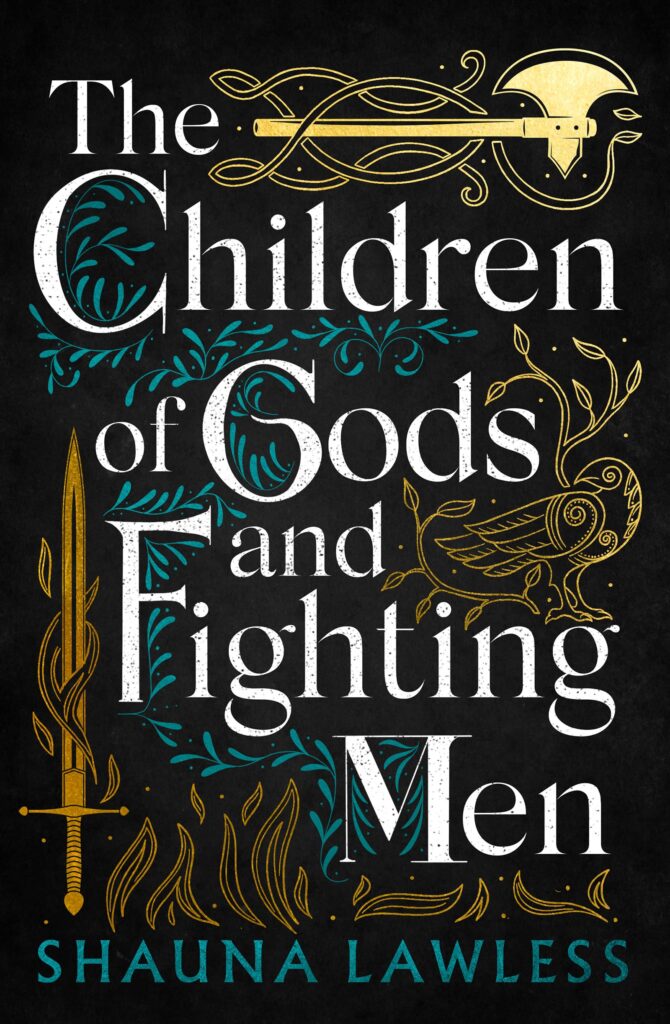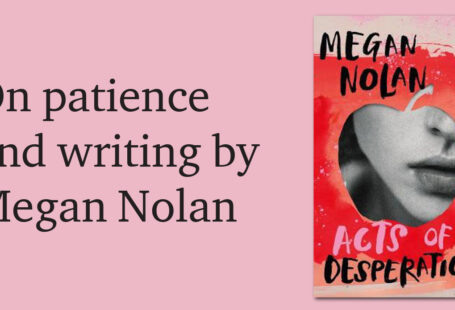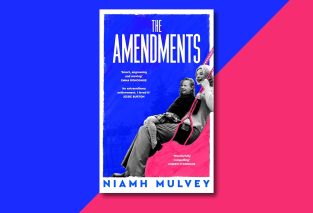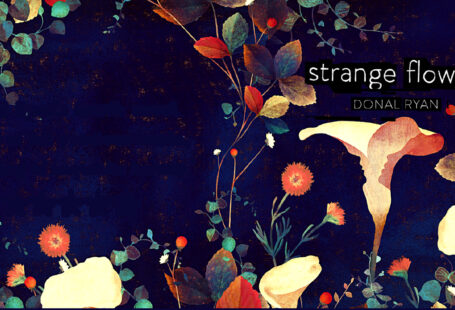981 AD. The Viking King of Dublin is dead. His young widow, Gormflaith, has ambitions for her son – and herself – but Ireland is a dangerous place and kings tend not to stay kings for long. Gormflaith also has a secret. She is one of the Fomorians, an immortal race who can do fire-magic. She has kept her powers hidden at all costs, for there other immortals in this world – like the Tuatha Dé Danann, a race of warriors who are sworn to kill Fomorians.
Fódla is one of the Tuatha Dé Danann with the gift of healing. Her kind dwell hidden in a fortress, forbidden to live amongst the mortals. Fódla agrees to help her kin by going to spy on Brian Boru, a powerful man who aims to be High King of Ireland. She finds a land on the brink of war – a war she is desperate to stop. However, preventing the loss of mortal lives is not easy with Ireland in turmoil and Formorians on the rise…
A lovely introduction to historical fiction and fantasy…
About Shauna Lawless
Shauna has a true passion for all facets of Ireland in antiquity encompassing historical fiction and fantasy. Be it myths and legends, the cultural mixing pot of post-Viking Ireland, the Brehon laws, the breadth of her research and this consequent novel stands as a definitive statement on the quality of story to be told of our past.
On the other hand, the fantasy elements come from her appreciation of authors such as Mark Lawrence, David Gemmell or John Gwynne to name a few.
Shauna is an avid blogger, where she reviews fantasy books, provides forays into Irish mythology and history, and shares her experience as an author.
I would highly recommend her post on Irish Mythology for beginners, for anyone looking for a grounding in Irish myth before diving into this wonderful book.
In the same spirit of inclusivity, Shauna has provided a thorough guide to the pronunciation of character names at the beginning of the book.

Irish Mythology, and The Origins of Fantasy
Though there are a few examples of Irish influence in contemporary adult fantasy, such as The Faithful and the Fallen by John Gwynne, The Rigante by David Gemmell, or the Tuatha’an in Wheel of Time by Robert Jordan, it’s usually a passing one, representing a smaller culture in a larger world.
That being said, one needn’t stretch the imagination too much to see the inestimable influence Ireland has had on fantasy writing, given its impact on the genre’s foundational stories.
While Tolkien was often coy or silent regarding any sort of Irish influence, there is ample evidence to suggest it was there.
Elements such as the parallels between the Undying Lands and Tír na nÓg, the migration of Noldor to Middle Earth (Galadriel, et al) and the Tuatha Dé Danann, or concerning hobbits, with the name Meriadoc Brandybuck.
Even further back, we have the tales of King Arthur, now generally accepted to have been of Celtic origin, with compelling research suggesting Arthur was an amalgamation of figures including Muircertach Mac Erca, the first Christian King of Ireland, early in the 6th century.
Also, Arthur’s half sister, Morgan le Fay, partly inspired by The Morrigan, who appears as a foil to Cúchulainn, in the Ulster Cycle.
Balancing Historical Fiction and Fantasy
As noted above, Shauna offers us a definitive statement on Ireland in the late 10th century. She strived for accuracy in the figures involved, the timing of major events, the culture clash of the Gaelic and Norse peoples, to name a few. However for narrative purposes certain alterations had to be made. The timeline of certain events was condensed, and a few names altered to avoid confusion.
In her author’s note at the end, Shauna was very transparent about the novelistic concerns.
Allow me to forestall any upturning of noses or ruffling of newspapers; the finished product shows remarkable cohesion and flow, while retaining the gist of the history.
The fantasy element comes from the Tuatha Dé Danann and the Fomorians. The former have isolated themselves from humans and their conflicts, to preserve what’s left of their society. The latter have been all but decimated by the Tuatha, seeing it as retribution for the years of enslaving the Irish people.
Human or immortal, the unifying thread of the historical plot and mythic sub-plot is perception versus reality. Deceptive appearances permeate the novel, assumptions of integrity or good intentions, or indeed the lack thereof, are challenged constantly. What, on paper, appears to be a cut and dry, black and white conflict, is really anything but. Only the deftest character work will do, to illustrate such nuance, and that is what we get.
As is usually beneficial in the long run, the first book in a series such as this lays down a foundation for everything that is to follow. As such, the fantasy elements are peripheral to the main conflicts in the book, though you can see how they might move more to the forefront as time goes on.
But don’t take this to mean that its role is insignificant. Indeed, the opposite is true. What it does is adds gravitas, raises the stakes exponentially. Shauna can play around with the invisible strings behind recognisable historical events, giving them new meaning.
Also worth noting is that we perceive the world through the eyes of Fódla, of the Tuatha Dé Danann and Gormflaith, a Fomorian. In this, we frame everything through their unique and insular worldview, and the inherent pessimism of long lives in hiding.
Both mothers, with complicated past relationships, conflicted views on humanity, yet the way they respond to these commonalities couldn’t be more different. This duality between our main POV characters encourages us to engage with them on a deeper level, adding so much richness to the story.
A Word From the Author
“… writing a novel about tenth-century Ireland without including the Tuatha Dé Danann or myths and legends was impossible for me, and this is the story that poured out onto the page.
I tried to re-draft it once as a historical fiction. It would have been easier to market, and it would have given me a more streamlined plot. Yet, I couldn’t do it. It leached all the momentum from the story, lessened it somehow, made it feel like it could be a historical retelling of any other European country’s past.
… I thought about how to restructure the book as a fantasy, based on Irish history, but not actually set in Ireland. That would also be easier to market, and I would be less beholden to dates and real events. Yet I couldn’t do that either. I felt like I was using Irish history, a history that has been largely ignored when this was an opportunity to share it.”
The Children of Gods and Fighting Men, by Shauna Lawless will be out on the 1st of September.






Recent Comments